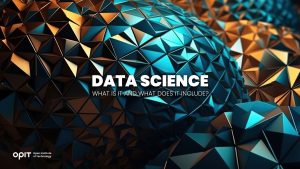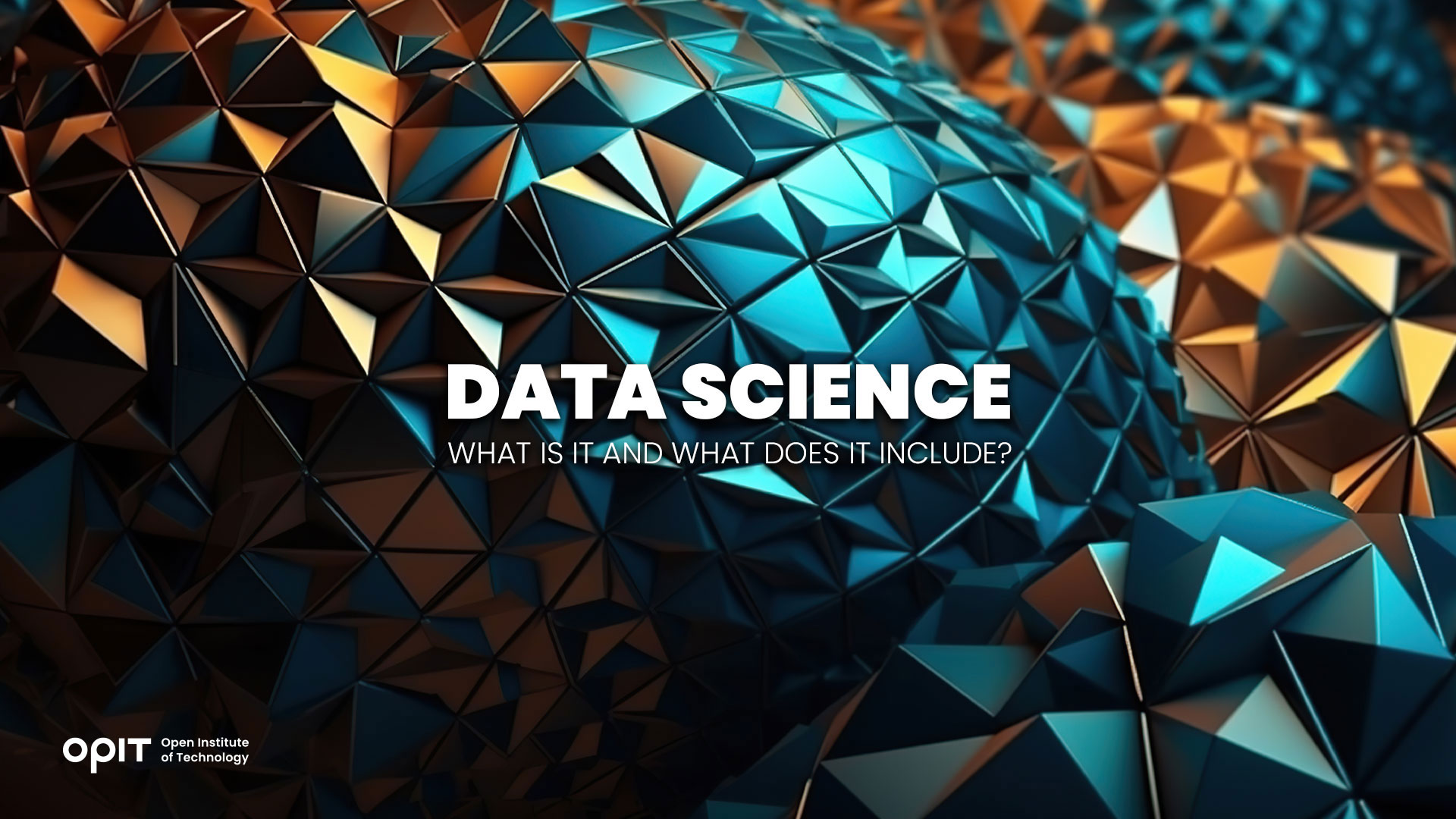By Mike Scott
Summary


More and more companies are employing data scientists. In fact, the number has nearly doubled in recent years, indicating the importance of this profession for the modern workplace.
Additionally, data science has become a highly lucrative career. Professionals easily make over $120,000 annually, which is why it’s one of the most popular occupations.
This article will cover all you need to know about data science. We’ll define the term, its main applications, and essential elements.
Data science analyzes raw information to provide actionable insights. Data scientists who retrieve this data utilize cutting-edge equipment and algorithms. After the collection, they analyze and break down the findings to make them readable and understandable. This way, managers, owners, and stakeholders can make informed strategic decisions.
Although most data science definitions are relatively straightforward, there’s a lot of confusion surrounding this topic. Some people believe the field is about developing and maintaining data storage structures, but that’s not the case. It’s about analyzing data storage solutions to solve business problems and anticipate trends.
Hence, it’s important to distinguish between data science projects and those related to other fields. You can do so by testing your projects for certain aspects.
For instance, one of the most significant differences between data engineering and data science is that data science requires programming. Data scientists typically rely on code. As such, they clean and reformat information to increase its visibility across all systems.
Furthermore, data science generally requires the use of math. Complex math operations enable professionals to process raw data and turn it into usable insights. For this reason, companies require their data scientists to have high mathematical expertise.
Finally, data science projects require interpretation. The most significant difference between data scientists and some other professionals is that they use their knowledge to visualize and interpret their findings. The most common interpretation techniques include charts and graphs.
Many questions arise when researching data science. In particular, what are the applications of data science? It can be implemented for a variety of purposes:
If you want to learn data science, understanding each stage of the process is an excellent starting point.
Data scientists typically start their day with data collection – gathering relevant information that helps them anticipate trends and solve problems. There are several methods associated with collecting data.
Data mining is great for anticipating outcomes. The procedure correlates different bits of information and enables you to detect discrepancies.
Web scraping is the process of collecting data from web pages. There are different web scraping techniques, but most professionals utilize computer bots. This technique is faster and less prone to error than manual data discovery.
Remember that while screen scraping and web scraping are often used interchangeably, they’re not the same. The former merely copies screen pixels after recognizing them from various user interface components. The latter is a more extensive procedure that recovers the HTML code and any information stored within it.
Data acquisition is a form of data collection that garners information before storing it on your cloud-based servers or other solutions. Companies can collect information with specialized sensors and other devices. This equipment makes up their data acquisition systems.
You only need usable and original information in your system. Duplicate and redundant data can be a major obstacle, which is why you should use data cleaning. It removes contradictory information and helps you separate the wheat from the chaff.
Data preprocessing prepares your data sets for other processes. Once it’s done, you can move on to information transformation, normalization, and analysis.
Data transformation turns one version of information into another. It transforms raw data into usable information.
You can’t start your data analysis without normalizing the information. Data normalization helps ensure that your information has uniform organization and appearance. It makes data sets more cohesive by removing illogical or unnecessary details.
The next step in the data science lifecycle is data analysis. Effective data analysis provides more accurate data, improves customer insights and targeting, reduces operational costs, and more. Following are the main types of data analysis:
Exploratory data analysis is typically the first analysis performed in the data science lifecycle. The aim is to discover and summarize key features of the information you want to discuss.
Predictive analysis comes in handy when you wish to forecast a trend. Your system uses historical information as a basis.
Statistical analysis evaluates information to discover useful trends. It uses numbers to plan studies, create models, and interpret research.
Machine learning plays a pivotal role in data analysis. It processes enormous chunks of data quickly with minimal human involvement. The technology can even mimic a human brain, making it incredibly accurate.
Preparing and analyzing information is important, but a lot more goes into data science. More specifically, you need to visualize information using different methods. Data visualization is essential when presenting your findings to a general audience because it makes the information easily digestible.
Many tools can help you expedite your data visualization and create insightful dashboards.
Here are some of the best data visualization tools:
The above tools contain a plethora of data visualization techniques:
You can’t have effective data presentation without next-level storytelling. It contextualizes your narrative and gives your audience a better understanding of the process. Data dashboards and other tools can be an excellent way to enhance your storytelling.
The success of your data science work depends on your ability to derive conclusions. That’s where data interpretation comes in. It features a variety of methods that let you review and categorize your information to solve critical problems.
Rather than interpret data on your own, you can incorporate a host of data interpretation tools into your toolbox:
The two main data interpretation techniques are the qualitative method and the quantitative method.
The qualitative method helps you interpret qualitative information. You present your findings using text instead of figures.
By contrast, the quantitative method is a numerical data interpretation technique. It requires you to elaborate on your data with numbers.
The final phase of the data science process involves data insights. These give your organization a complete picture of the information you obtained and interpreted, allowing stakeholders to take action on company problems. That’s especially true with actionable insights, as they recommend solutions for increasing productivity and profits.
The first step to becoming a data scientist is understanding the essence of data science and its applications. We’ve given you the basics involved in this field – the rest is up to you. Master every stage of the data science lifecycle, and you’ll be ready for a rewarding career path.
Visit our FAQ page or get in touch with us!
Write us at +39 335 576 0263
Get in touch at hello@opit.com
Talk to one of our Study Advisors
We can speak in: